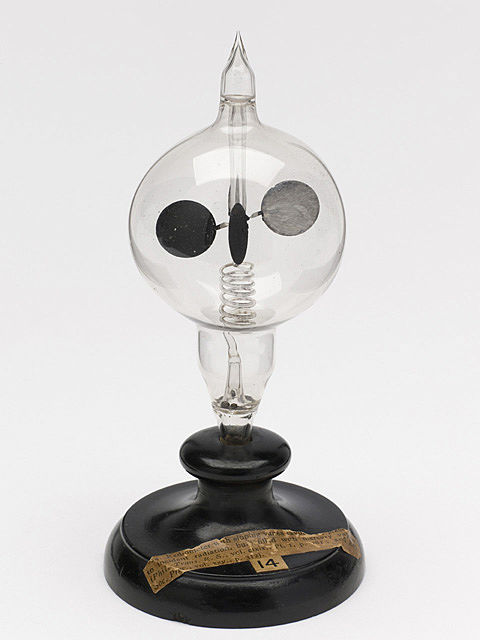Light and lifting
The researchers then built a few sheets of nanocardboard to test the output of their model. The actual products, primarily made of chromium, aluminum, and aluminum oxide, were incredibly light, weighing only a gram for a square meter of material. When illuminated by a laser or white LED, they generated measurable force on a testing device, provided the atmosphere was kept sufficiently sparse. With an exposure equivalent to sunlight, the device generated more than it weighed.
It’s a really nice demonstration that we can take a relatively obscure and weak physical effect and design devices that can levitate in the upper atmosphere, powered by nothing more than sunlight—which is pretty cool.
But the researchers have a goal beyond that. The mesophere turns out to be a really difficult part of the atmosphere to study. It’s not dense enough to support balloons or aircraft, but it still has enough gas to make quick work of any satellites. So the researchers really want to turn one of these devices into an instrument-carrying aircraft. Unfortunately, that would mean adding the structural components needed to hold instruments, along with the instruments themselves. And even in the mesosphere, where lift is optimal, these things do not generate much in the way of lift.
Plus, there’s the issue of getting them there, given that they won’t generate enough lift in the lower atmosphere, so they’ll have to be carried into the upper stratosphere by something else and then be released gently enough to not damage their fragile structure. And then, unless you’re lofting them during the polar summer, they will likely come floating back down at night.
None of this is to say this is an impossible dream. But there are definitely a lot of very large hurdles between the work and practical applications on Earth—much less on Mars, where the authors suggest the system could also be used to explore the mesosphere. But even if that doesn’t end up being realistic, this is still a pretty neat bit of physics.
